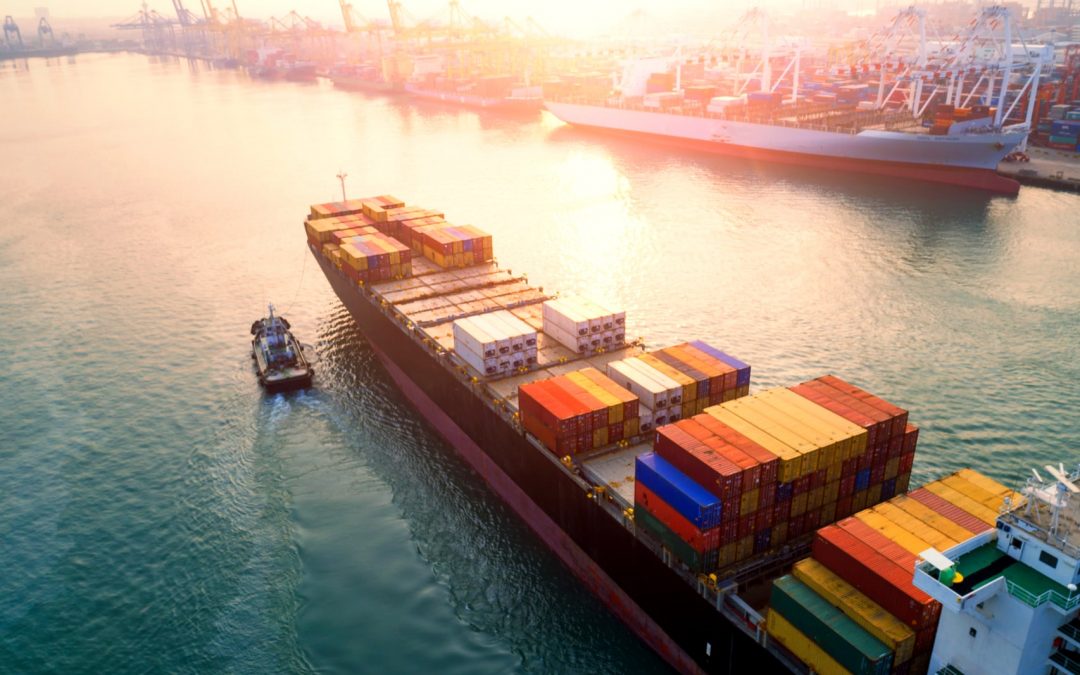With growing calls from manufacturers, retailers and trade associations for governments to increase their oversight and regulations of the global shipping industry, the World Shipping Council issued an analysis in defense of carriers. Citing the unparalleled disruptions to the global supply chain from the pandemic, the trade association for the international shipping industry is calling for greater collaboration to address the issues ranging from skyrocketing rates to container shortages and reduced reliability among the carriers.
“To get through this time and stabilize supply chains all parties need to work together, taking a constructive approach rather than assigning blame,” the WSC said in its public statement. “The unparalleled disruptions to the international supply chain experienced over the last year are not caused by one party in the chain; they are the result of sudden and radical changes in the demand for goods due to the impact of the Covid-19 pandemic.”
The WSC uses data from recognized industry analysts to refute many of the claims that have been leveled against carriers. For example, regarding the lack of capacity, they respond by saying that the lines are deploying all available tonnage and using vessel sharing agreement to ensure that available capacity is made available to partner carriers to offer their customers.
The WSC cities the 20 to 30 percent drop in demand in the second quarter of 2020 acknowledging that carriers curtailed services and idled vessels. “However, as cargo volume rose, carriers redeployed those assets as quickly as possible,” they write. Citing data from Alphaliner, the WSC says just 2.5 percent of the global cargo fleet is inactive and that more than half of those ships are in shipyards undergoing repairs or other services.
Typically starting in mid-January carriers have also begun reducing capacity reflecting the closure of factories in Asia linked to the celebrations of the Chinese Lunar New Year holidays. The WSC reports that carriers are not reducing capacity and will use the lull to clear volumes out of Asia.
“Contrary to some suggestions, carriers are not abandoning capacity investments for the future,” the WSC writes. They highlight the increase in newbuild orders saying global capacity will increase by 10 percent.
They also describe a domino effect on port operations and inland transport that contributed to the container shortages resulting they contend from the lockdowns which created labor shortages and volume overloads. “In addition to maximizing vessel capacity, carriers are working to improve access to container equipment. They are speeding the repositioning of excess empty containers and purchasing, leasing, repairing, and dispatching all available containers. Unfortunately, more containers are simply not immediately available.”
Addressing the contentious issue of rate increases, the WSC points to the historical data from Drewry on supply and demand driving the fluctuations. They say it was these issues that kept rates very low for several years and that now, “Despite actions to increase available vessel capacity, the demand for capacity far exceeds supply. As in any free market, this puts upward pressure on rates.”
The WSC contends that the pandemic has forced everyone in the global supply chain to react quickly, yet that no part of the supply chain is “geared to managing the extremes currently occurring, and calling for regulation in such an abnormal situation will not solve our current issues.”
Instead, the shipping industry trade association says that closer dialogue and coordination is necessary. “To remove bottlenecks, container velocity must increase, forecasting must be more accurate, and transparency must increase across the supply chain,” the WSC writes. For example, they say it is important that all users of the equipment, including customers and inland transportation providers, promptly return empty containers to make that equipment available for the next customer.
All parties are doing what they can to manage their way through this unprecedented pandemic and the WSC concludes saying by working constructively together better outcomes can be achieved.
Source: The Maritime Executive





